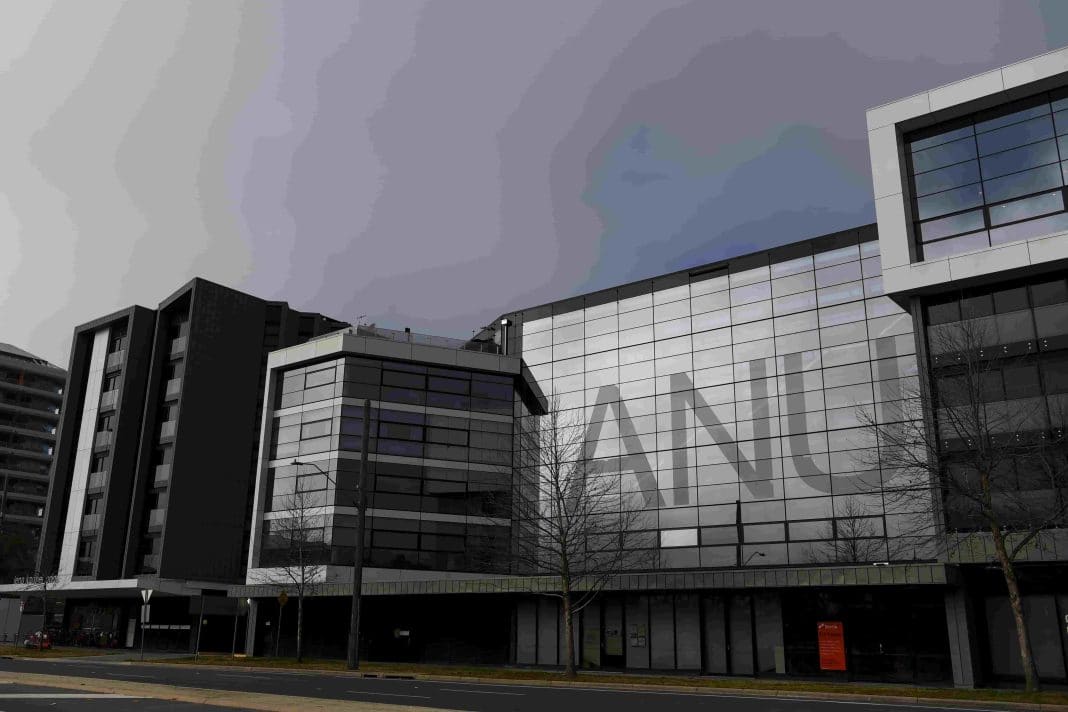Free undergraduate education and thousands of new university jobs could be a reality if the federal government lifts spending on higher education, a landmark report says.
Increasing the university sector’s funding to one per cent of GDP per year would bring Australia in line with the OECD average and save public universities, think tank the Australia Institute found.
Australian universities experienced huge revenue shortages during the pandemic after losing the international student market due to border closures.
The sector was also excluded from accessing the JobKeeper wage subsidy program.
Total university revenue fell by $1.9 billion in 2020, resulting in 40,000 job losses in tertiary education in 12 months. More than three quarters were at public universities.
The report, conducted by the institute’s Centre for Future Work, found Australia’s public university sector was at a crossroads and urged the next federal government to invest and fix the damage done by increased corporatisation, funding cuts and the pandemic.
Yet the latest budget forecast a cut to real university funding by 3.4 per cent over the next four years.
“As devastating as the pandemic has been for Australia’s universities, the sector was being distorted and damaged by corporatisation, casualisation, and privatisation long before COVID arrived,” Australia Institute economist and report author Eliza Littleton said.
“Australia needs an ambitious national vision for higher education that re-aligns the sector with its public service mission and with the needs of students, staff and wider society.”
The government could facilitate a stronger economy, social mobility and enhanced democracy by investing in higher education, Ms Littleton said.
The report recommends key policy initiatives to revitalise Australia’s public universities.
They include free undergraduate education for Australian students, adequate public funding for universities, fully-funded research, secure employment measures, caps on vice-chancellor salaries and transparency in data collection.
The report said direct public funding of tertiary education in Australia had declined relative to size of the economy since the mid-1980s, and constituted only 0.65 per cent of GDP.
This is below international and historical standards with an OECD average of 0.94 per cent of GDP.
The report estimates implementing the recommendations would cost an extra $6.9 billion a year, or less than one per cent of Australia’s GDP.
Increased investments would be needed each year in line with economic growth.
“Under a business-as-usual scenario, higher education will continue to become even more dominated by corporate priorities and cost-cutting,” Ms Littleton said.
“If governments make different choices, a better, more democratic future for this vital public service is possible.”
By Maeve Bannister in Canberra, AAP



